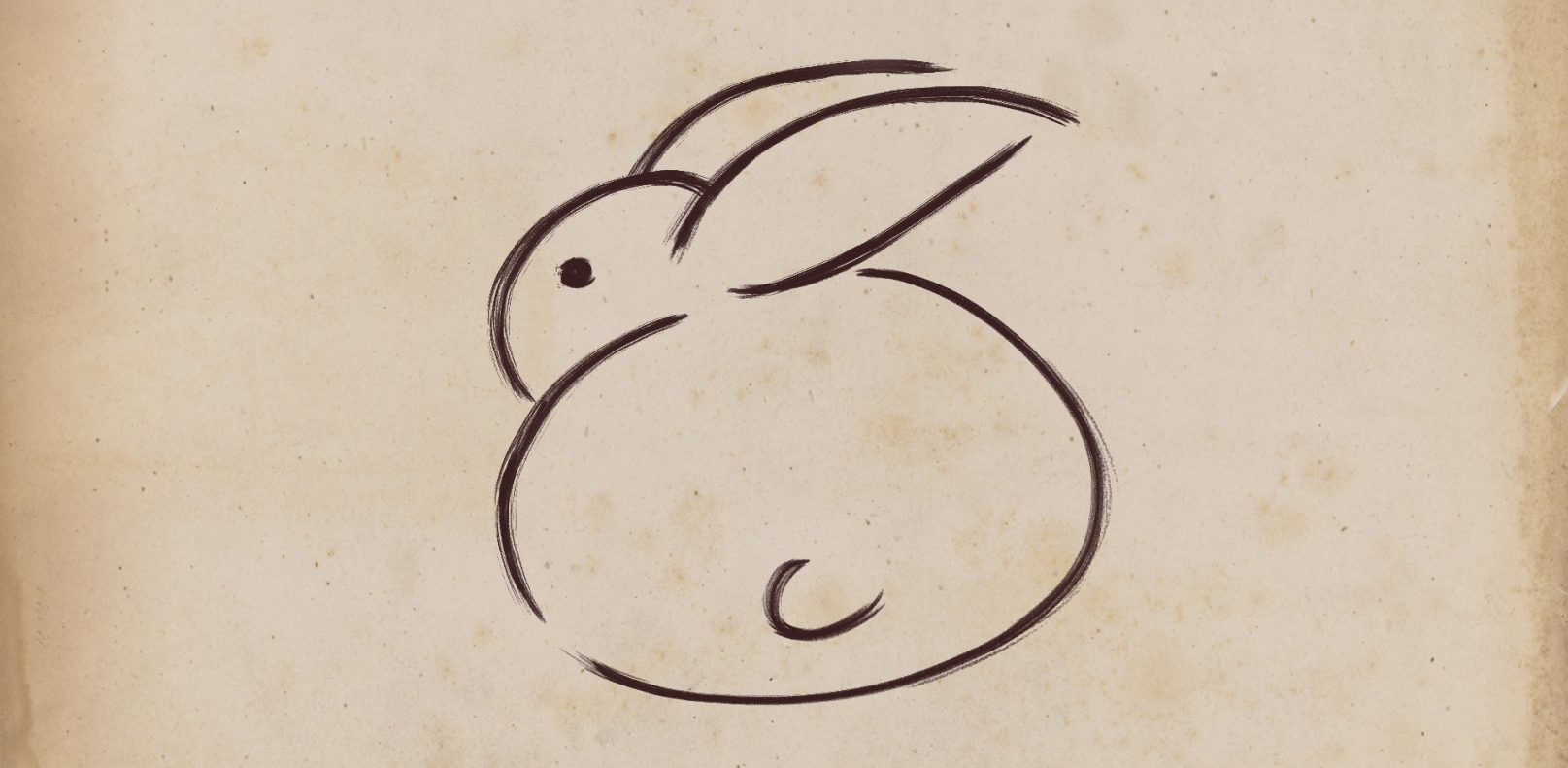Come late January, my mother furiously stuffs chocolate coins and dollar bills into red paper packets. My siblings and I receive letters stuffed with cash from various relatives, awkwardly bowing and repeating “恭喜發財,紅包拿來!” (Gōngxǐ fācái, hóngbāo ná lái!)
Indirect translation: “I hope you have good fortune, now please give me money.”
It’s the season of the Lunar New Year, the largest and most important holiday for many Asian cultures. 新年 (xīnnián) — literally “New Year” — is celebrated with the first moon of the lunar calendar cycle. One of twelve zodiac animals represents each year, all associated with their own symbols of fortune for those born during it. Festivities for the new year often last multiple weeks and center around public celebration, returning to family, and inviting prosperity for the future with specific rituals. One holiday legend states that a mythical beast named 年 (Nián)—literally the Chinese word for “year”— would annually terrorize the inhabitants of a village and destroy their crops and livestock. The villagers soon discovered that the creature was terrified of bright lights, loud sounds and the color red (who knew!) They devised a plan to scare 年 (Nián) away for good. On the eve of a new year, townspeople faced 年 (Nián) with a flurry of ringing gongs, crashing cymbals and huge firecracker displays. They even built their own monstrous lion out of paper and decorated their houses with red banners, permanently driving the beast away. Centuries after this myth was born, red decorations, firecrackers and lion dances are staples of new year celebration.
I must confess that I have absolutely no authority on the subject. What I know about 新年 (xīnnián) comes from vague memories of a childhood spent receiving money from the red envelopes that fueled my addiction to candy and Nancy Drew novels. I had no real attachment to the holiday beyond my love of cold, hard cash. For a few years during the Lunar New Year season, my mom insisted on the entire family wearing traditional Chinese clothes when going to Sunday church instead of our usual dresses and suits. I was already a self-conscious child, but my pink 旗袍 (qípáo) with its choking mandarin collar was the final nail in the coffin for any lingering cultural pride. I felt like a polyester circus freak.
Looking back, I wish I hadn’t been so ashamed.
Through no fault of my parents — who tried their hardest to make sure I wouldn’t shame the entire Wang bloodline with my Caucasian ignorance — I grew up on the sidelines of my own identity. It’s hard not to when you’re born to a Utahn father and Taiwanese mother, raised your whole life in the U.S of A. I was the sole mixed-race child during my Saturday morning Mandarin lessons. My “purebred” classmates, with their perfect pronunciation and packed thermos lunches, inspired a deep, crackling rage within me. They had no doubt of who they were. I could never say the same.
My three younger siblings were born after me in quick succession, all slightly more Oriental looking and much more tan. I was vaguely jealous that their heritage could be seen so clearly on their faces. Mine depicted nothing. I was a paper tiger of a woman living in someone else’s skin. Who was I to be informing others about the Lunar New Year? No one. Nobody. Just a pale girl with hooded eyelids, born in the Year of the Monkey yet having no idea what that meant.
When the COVID-19 pandemic began almost three years ago, there was a wave of harmful rhetoric online and in the news. Questions about the origins of the “China virus” fueled fears that would eventually lead to an uptick in anti-Asian hate crimes. The newly formed “Stop Asian-American Pacific Islander (AAPI) Hate” movement sought to curb the spread of racism towards Asian minority groups. I wanted to help. I wanted to raise my hand and say yes! I am like you! I feel the way you feel, too! I wanted to glory in the history of my grandmother’s hands, share with everyone how proud I was of the slant in my eyes.
But how could I be proud of a heritage I barely understood?
Lunar New Year may not mean that much to you. For the longest time, it barely meant anything to me. But now it is the turning of a leaf. 新年 (xīnnián). The Rabbit has come to strip me of my shame, demanding that I stand naked in the body of my mother.
On the outside, I’m a woman unchanged. But under the shutters of my bones, a metamorphosis is taking place. My heart is scarlet red: the color of the new year. I am ready to wear it bleeding.

